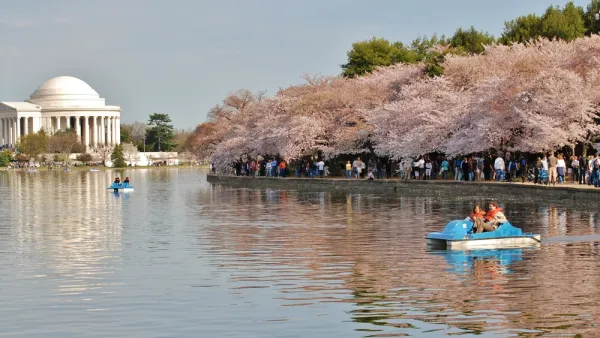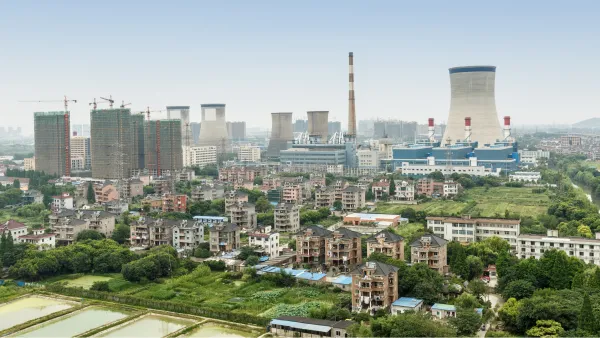The good news is that we've survived yet another doomsday prophecy. Bad news - there's plenty more reasons to think our world is under threat. Vanessa Quirk looks at architectural responses to the threat - real or imagined - of apocalypse.
Since at least the dawn of the nuclear age, we've been designing structures that respond to apocalyptic fears (of which the supposed Mayan prophesized end of times was only the most recent). While one might take issue with Quirk's observation of the diminished fear of nuclear annihilation, it's inarguable that in popular imagination the fear of an apocalypse as a result of natural disaster - "hurricane, tornado, viral disease, even infected-zombie-people" - is much more prevalent. As the sources of our fears have changed, so too have the designs imagined to respond to such threats: "our apocalyptic architecture is less of the bunker variety, and more of the vertical farm/fortress – let’s call it ESD: Extremely Sustainable Design."
"Whereas bunkers of the 1950s were meant to protect from nuclear attack from above (in fact using green roofs as camouflage), today’s apocalyptic structures are far more likely to have a green roof for food-production purposes. When natural disaster strikes – be it flood, drought, or earthquake – it will be the scarcity of resources (rather than the disaster itself) which will prove most perilous."
In a sense, says Quirk, we're already designing and building in response to this threat through green and sustainable design.
"As Matt Jordan, one of the architects behind 'Look Out House,' the third-prize winner in Architects Southwest Zombie Safe House competition (designing houses for the Zombie apocalypse), told The Economist: 'it needs to be simple and sustainable, capable of generating its own energy, food and water, and of managing its waste [...] This takes the ideas of ‘off the grid’ and ‘sustainability’ to great lengths, helping to push the boundaries and envision how we might live if our modern conveniences were stripped from us.' Extremely Sustainable Design (ESD)."
"And in the end (literally), ESD comes down to designing buildings that work with nature, rather than against her."
FULL STORY: Architecture for the Apocalypse (Now)

Analysis: Cybertruck Fatality Rate Far Exceeds That of Ford Pinto
The Tesla Cybertruck was recalled seven times last year.

National Parks Layoffs Will Cause Communities to Lose Billions
Thousands of essential park workers were laid off this week, just before the busy spring break season.

Retro-silient?: America’s First “Eco-burb,” The Woodlands Turns 50
A master-planned community north of Houston offers lessons on green infrastructure and resilient design, but falls short of its founder’s lofty affordability and walkability goals.

Test News Post 1
This is a summary

Analysis: Cybertruck Fatality Rate Far Exceeds That of Ford Pinto
The Tesla Cybertruck was recalled seven times last year.

Test News Headline 46
Test for the image on the front page.
Urban Design for Planners 1: Software Tools
This six-course series explores essential urban design concepts using open source software and equips planners with the tools they need to participate fully in the urban design process.
Planning for Universal Design
Learn the tools for implementing Universal Design in planning regulations.
EMC Planning Group, Inc.
Planetizen
Planetizen
Mpact (formerly Rail~Volution)
Great Falls Development Authority, Inc.
HUDs Office of Policy Development and Research
NYU Wagner Graduate School of Public Service



























